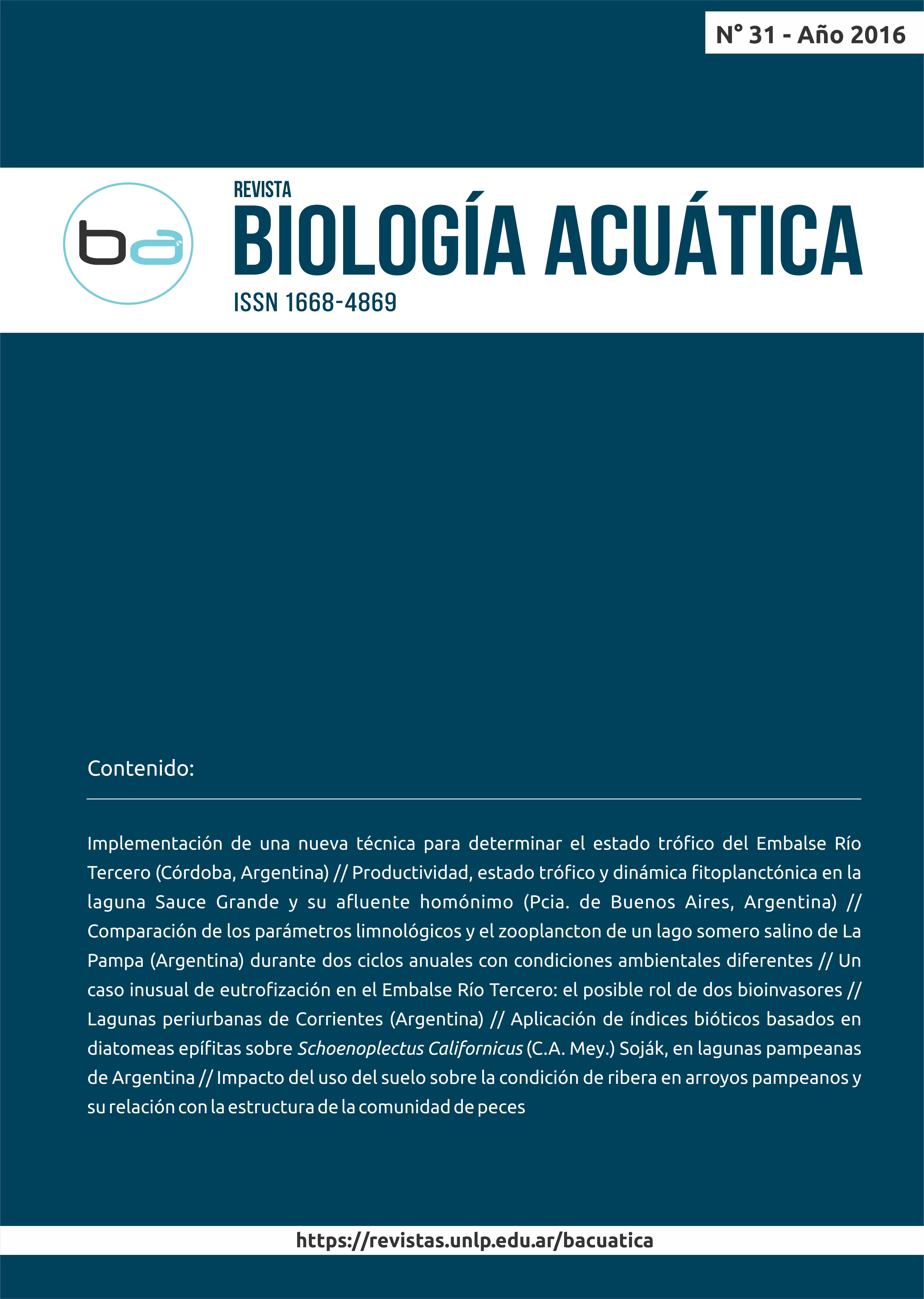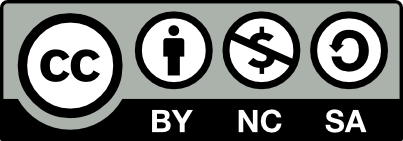Lagunas periurbanas de Corrientes (Argentina)
de la mesotrofía a la eutrofia un camino de ida y vuelta en 20 años
Palavras-chave:
eutrofización, estados alternativos, humedales subtropicales, lagunas somerasResumo
More than 50,000 sub-rounded shallow lakes fed by rain are found on sandy hills fed by rain in Corrientes Province. We selected two lakes near Saladas city as representative of the wetlands prevailing in the region. The aim of this study is to describe the changes in the ecological state of Soto and Sánches lakes, from the use of the basin and recurrence of wet and dry periods. Thirty non periodic samplings were carried out in each lake between 1992 and 2014, during years with different rainfall regime. According to the annual precipitation we distinguish three periods: 1992-1999 (with high rainfalls); 2000-2010 (with prolonged droughts) and 2011-2014 (with heavy rains concentrated in autumn and spring). At both lakes the aquatic plant volume infested differed over the years. In the first period, Soto Lake became eutrophic due to illegal sewage connections from a new neighborhood. The high ratio depth/depth of the photic zone indicates the state of turbid water with dominance of cyanobacteria and high mean and maximum chlorophyll a. After operation of the treatment plant sewage, Soto Lake became characterized as mesotrophic during the dry period and subsequently oligotrophic. During the study period, Sánches Lake had clear water with a high phosphorus concentration, but it had a single bloom of cyanobacteria in the last period. In lakes fed by rain, long-term studies that include dry and wet periods allow for more accurate diagnosis of the ecological state. The use of different indicators, besides the nutrient content is recommended to determine the trophic state.






















